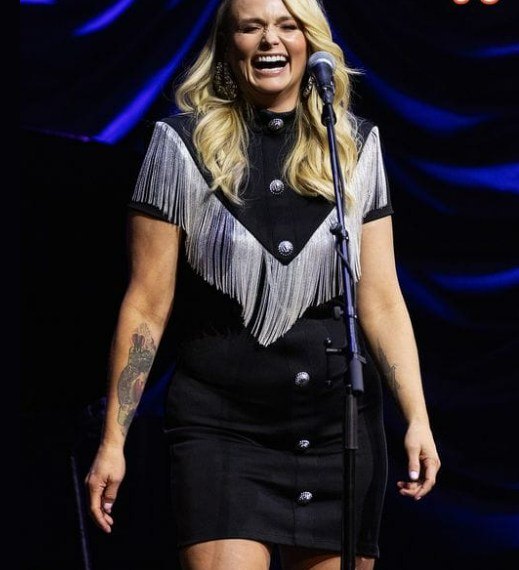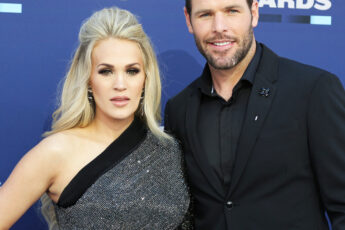The incident with Miranda Lambert at the Montana festival—caught on video and circulated widely on July 14—is a useful case study in how a single moment on stage can provoke an outsized debate about respect, boundaries, and the responsibilities of both performers and audiences. In the clip, Lambert, wearing a cowboy hat and a denim dress, sternly addresses the crowd, points out specific individuals, and asks, “Are we clear?” The exchange prompted many in the audience to leave; one attendee said, “We left. As did LOTS of the crowd,” while others criticized the moment as “terrible.” A TikToker even wrote, “Respect your fans more. Without them, you’d be some nobody working at Dairy Queen.” At the same time, defenders of Lambert insisted she was simply being honest and protecting the integrity of her performance—“we were right up front and loved every second of it,” one fan said; another called her “brutally honest,” a trait some viewers admire.

To unpack this, it helps to look at several overlapping angles: the live-performance context, the form and tone of Lambert’s response, the distorting effect of social media, and the broader cultural dynamics—particularly gender—that shape reactions.
First, live shows are collective, fragile experiences. Artists craft a set list, dynamics, and atmosphere designed to move an audience. When a subset of attendees behaves in ways that disrupt that atmosphere—talking loudly, taking bright selfies during intimate songs, or otherwise ignoring the music—those actions can undermine the emotional arc that the performer and many other fans want to experience. From that perspective, a musician’s frustration is understandable. Many performers feel a duty to preserve the moment for the majority of the audience and to protect the emotional honesty of a song. Lambert has a reputation for valuing authenticity; her irritation may come from a place of wanting the music to be heard and felt.
Second, tone matters. There is a difference between politely asking for quieter behavior and publicly singling out and shaming individual audience members. Phrases like “Are we clear?” paired with pointed gestures can feel humiliating, especially in front of hundreds or thousands. Fans attend concerts to feel entertained and connected, not publicly embarrassed. The balance between defending a performance and maintaining professionalism is delicate; when an artist crosses into public reprimand, it risks alienating people who might otherwise be sympathetic to the goal of preserving the show.
Third, social media amplifies and truncates. A few seconds of footage—stripped of the moments before and after—often becomes the entire narrative for people who weren’t there. Viral clips magnify emotional moments because they’re dramatic and shareable, not because they’re representative. People judge based on that snippet, and contexts that might mitigate the impression (a long night, repeated disruptions, or backstage warnings) are rarely visible. Meanwhile, firsthand accounts from people at the front who “loved every second” complicate the straight viral storyline, but those quieter testimonials don’t always travel as far.
Fourth, gender and expectation play a role. Female performers who display anger or bluntness can be judged more harshly than men for similar behavior. There’s a cultural double standard where women are penalized for assertiveness that might be celebrated in a male artist. Some of the backlash may therefore reflect broader discomfort with a woman publicly expressing irritation, especially in a genre and fan culture that can be traditional in its expectations.
There’s also a recurring pattern: this isn’t the first time Lambert has called out audience behavior. At a past Las Vegas show she stopped performing “Tin Man” to scold women taking selfies instead of listening—an incident that drew similar mixed reactions. That pattern suggests she’s consistent in valuing undistracted listening and willing


